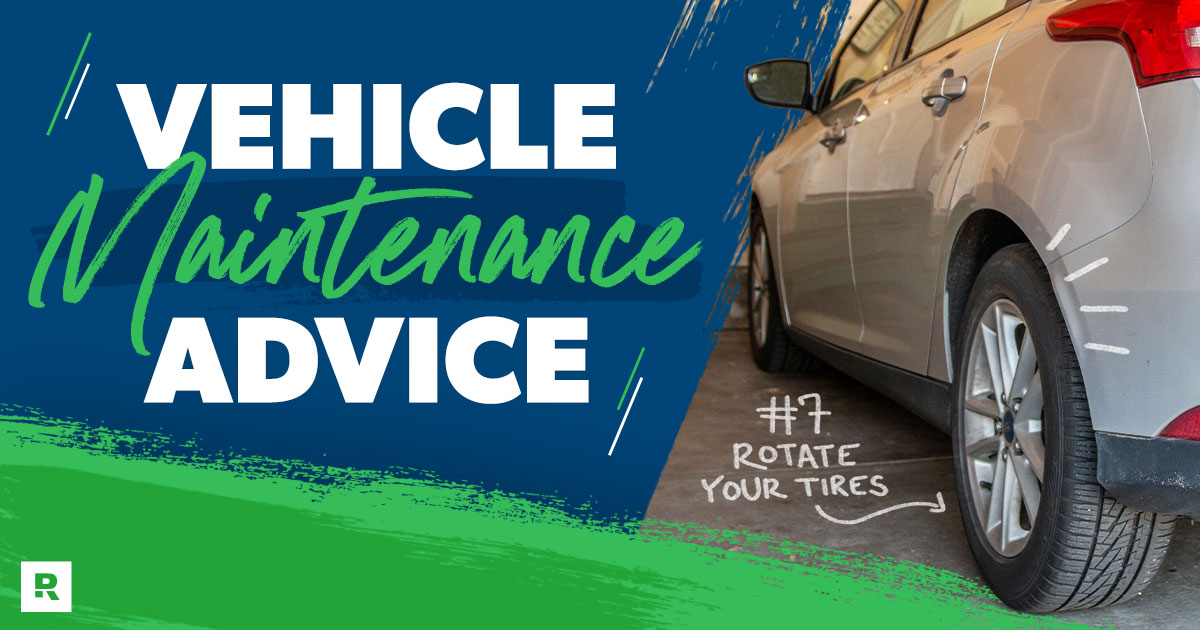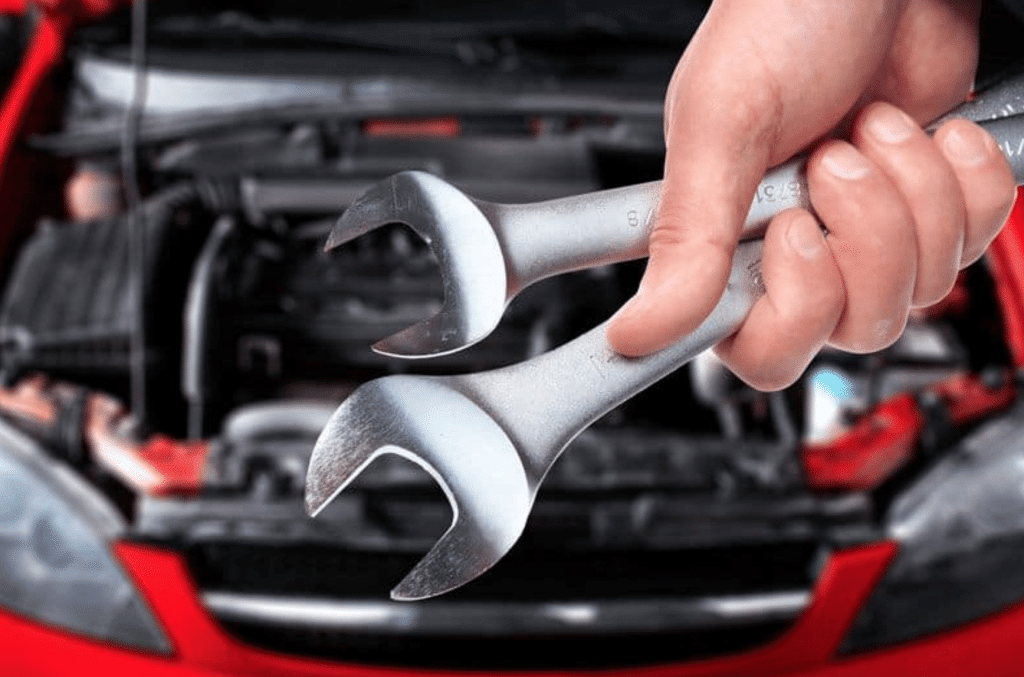What Are Essential Tips for Diy Car Ac Repair?
To DIY car AC repair effectively, start by researching the specific issues with your car’s AC system and the correct procedures for fixing them. Then, gather the necessary tools and equipment, ensuring that you have a proper understanding of the components and how they function to avoid causing more damage.
Are you having trouble with your car’s air conditioning system and considering a DIY repair? Finding the right guide here! As summer approaches, a malfunctioning car AC can be a major inconvenience. DIY car AC repair can help you save money and gain a sense of accomplishment, and it is entirely possible with the right knowledge and preparation.
However, it’s crucial to approach the repair process with caution and thorough understanding. In this guide, I’ll provide essential tips for DIY car AC repair, so you can get your system running smoothly and enjoy a comfortable drive in no time.

Credit: www.ramseysolutions.com
Preparing For Diy Car Ac Repair
Get essential tips for DIY car AC repair. Learn how to troubleshoot, replace components, and recharge your car’s AC system to stay cool on the road. It’s a cost-effective way to fix AC issues and ensure optimum performance.
Gathering The Necessary Tools
Making a list of essential tools ensures a smooth repair process.
Ensuring Safety Measures
Prioritizing safety by wearing protective gear is crucial.
Identifying Common Car Ac Problems
Identifying common car AC problems is essential for effective DIY car AC repair. By familiarizing yourself with these issues, you can address them early and prevent more extensive damage.
Insufficient Cooling
If your car’s AC is blowing warm air or the air isn’t as cold as it used to be, insufficient cooling may be the culprit. This could be caused by a clogged expansion valve or a leak in the system.
Strange Noises
Unusual noises, such as squealing or grinding sounds when the AC is running, often indicate a problem. These noises might stem from a failing compressor or loose components within the system.
Leaking Refrigerant
One of the most common problems is leaking refrigerant, which can be identified by visible oil stains under the car or a decrease in cooling performance. It is crucial to fix any refrigerant leaks promptly to maintain the efficiency of the AC system.
Performing Basic Troubleshooting
Performing basic troubleshooting is an essential step in DIY car AC repair. Before diving into complex repairs, it’s crucial to start with simple checks on key components such as the blower motor, compressor, and condenser. By carefully examining these elements, you can identify common issues and determine the next course of action.
Checking The Blower Motor
The blower motor is responsible for pushing air through the vents. To ensure its functionality, start by checking the fuse associated with the blower motor. If the fuse is intact, proceed to inspect the wiring connections for any signs of damage or loose connections. Listen for unusual sounds when the AC is turned on, as this could indicate a problem with the blower motor. Additionally, clean any accumulated dirt or debris around the motor to facilitate smooth operation.
Examining The Compressor
The compressor plays a crucial role in the AC system’s cooling process. Begin by verifying the compressor clutch engagement when the AC is activated. Inspect the belt for any signs of wear or damage, as a worn-out belt can affect the compressor’s performance. Monitor the pressure readings using a gauge to confirm proper operation and listen for any strange noises emitted by the compressor, which might indicate potential issues requiring attention.
Inspecting The Condenser
The condenser is responsible for releasing heat from the refrigerant. Start by cleaning the condenser fins to ensure optimal airflow and heat dissipation. Check for obstructions in the condenser area, such as leaves or debris, which can hinder its efficiency. Inspect the hoses and lines connected to the condenser for any signs of leaks or damage. Additionally, verify the operation of the condenser fan to ensure proper cooling performance.

Credit: heartautocare.com
Taking Corrective Actions
Discover top DIY tips for car AC repair focusing on taking corrective actions. Key steps include checking refrigerant levels, inspecting for leaks, cleaning condenser coils, replacing filters regularly, and testing system performance. By following these essential guidelines, you can effectively troubleshoot and fix AC issues in your vehicle.
Replacing Faulty Parts
When diagnosing AC issues, ensure to inspect components for damage. Replace any faulty parts promptly to restore AC function.
Cleaning Or Flushing The Ac System
Regularly clean the system to remove dirt and debris. Flushing the AC system helps maintain optimal performance and efficiency.
Adding Refrigerant
Check refrigerant levels and top up if low. Ensure to add refrigerant carefully following manufacturer’s guidelines for the correct amount.
Regular Maintenance And Preventive Tips
Regular maintenance and preventive tips are essential to keep your DIY car AC repair in top-notch condition. By carrying out regular maintenance tasks, you can ensure that your car’s AC system performs efficiently and provides you with cool and refreshing air during scorching summers. These preventive measures also help in preventing major breakdowns and costly repairs in the long run. In this article, we will discuss some essential tips for DIY car AC repair under the subheading of “Regular Maintenance and Preventive Tips.”
Cleaning And Replacing Air Filters
One of the most crucial maintenance tasks for your car’s AC system is cleaning and replacing air filters. Air filters help to remove dust, pollen, and debris, ensuring that the air circulated inside your car is clean and healthy. Over time, these filters can become clogged, reducing airflow and putting strain on the AC system. Regularly cleaning or replacing air filters every 12,000 to 15,000 miles, or as recommended by your car’s manufacturer, is crucial to maintain optimal performance.
Keeping The Ac System Clean
Another important aspect of regular maintenance is keeping the AC system clean. Over time, dirt, grime, and other contaminants can build up on the condenser, evaporator, and other components of your car’s AC system. This buildup not only affects the efficiency of the system but can also lead to unpleasant odors and mold growth. Regularly inspecting and cleaning these components using a mild detergent, soft brush, or compressed air can help in preventing such issues and ensuring the longevity of your AC system.
Using It Regularly
Using your car’s AC system regularly, even during winter months, is considered another preventive tip for DIY car AC repair. When the AC system is not used for an extended period, the refrigerant can leak, seals can dry out, and the overall performance can deteriorate. By using the AC system at least once a week for about ten minutes, you can maintain proper functionality and prevent potential issues.
In Conclusion
By following these important regular maintenance and preventive tips, you can ensure that your DIY car AC repair remains in optimal condition, providing you with cool and refreshing air all year round. Remember, regular cleaning and replacing air filters, keeping the AC system clean, and using it regularly are key factors in maintaining an efficient and durable car AC system.

Credit: www.yumahonda.com
Frequently Asked Questions Of What Are Essential Tips For Diy Car Ac Repair?
Can I Fix My Car Ac Myself?
Yes, you can fix your car AC yourself with proper knowledge and tools. However, it’s important to have the right skills and equipment to avoid potential damage. If you’re unsure, consulting a professional is recommended.
How Can I Make My Car Air Conditioner Work Better?
To improve your car air conditioner, regularly check and replace the air filter, keep the condenser clean, and ensure proper refrigerant levels. Park in shaded areas when possible and use sunshades to reduce heat inside the car. Regularly check for leaks and get the system serviced annually.
How Can I Fix My Ac On My Own?
To fix your AC on your own, start by checking air filters, thermostat settings, and circuit breaker. Clean filters regularly and schedule annual professional maintenance. If issues persist, contact a reputable HVAC technician for further assistance.
What Can I Put In My Car For Ac To Work?
To make your car’s AC work, you can add refrigerant if it’s low, check for leaks, replace the AC compressor or condenser, and ensure all AC components are functioning properly. Proper maintenance and regular AC service are essential for optimal performance.
Conclusion
Proper DIY car AC repair requires patience, accuracy, and safety precautions for successful outcomes. Remember to research thoroughly, use quality parts, and follow detailed instructions. With practice and persistence, you can master the art of DIY car AC repair. Stay knowledgeable and empowered in maintaining your vehicle’s cooling system.

